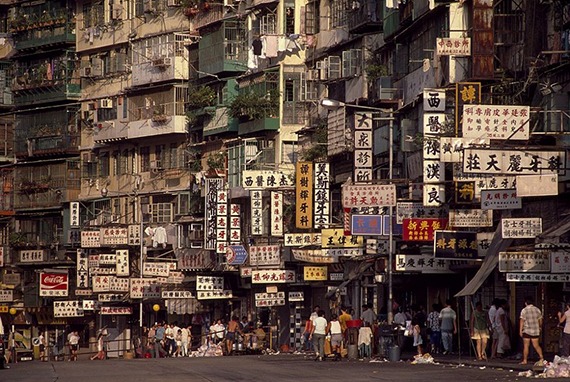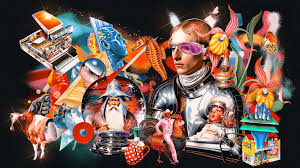
Menu

In a powerful tribute to five decades of resilience, creativity, and cultural impact, a landmark exhibition titled Plasticidades Encarnadas has opened in Mexico City. This exhibition brings long-overdue attention to the work and legacy of trans women artists in Mexico, covering the years from 1975 to 2025.
Featuring over 140 works from nearly 40 artists, the exhibition presents a wide spectrum of media—ranging from visual art and fashion to personal archives and performance materials. But more than just a collection of art, it tells a living history: one of both systemic oppression and immense cultural innovation.
In the 1970s and 1980s, many trans women in Mexico faced extreme social and institutional violence. Police persecution, forced disappearances, and moral policing were common realities. Yet in the face of this, trans women carved out vibrant spaces in the underground world—especially in nightlife. Their glamorous travesti performances became legendary, transforming stages into places of beauty, power, and identity.
Plasticidades Encarnadas highlights this dual narrative—of resistance and radiance. Archival materials from the past are juxtaposed with contemporary works, emphasizing not only the continuity of struggle but also the evolution of trans aesthetics and cultural voice.
One of the exhibition’s most striking features is its refusal to present trans lives as either tragic or merely symbolic. Instead, it foregrounds agency, creativity, and activism. The exhibition is not about remembering a lost past—it’s about recognizing an ongoing, dynamic presence that continues to shape Mexican culture.
Importantly, the curators have made it clear that visibility alone is not enough. They advocate for material support, reparations, and recognition for trans artists and communities. This isn’t just an art show—it’s a political space, calling for change while celebrating the depth of a community’s artistic contributions.
Running throughout the summer, this exhibition is a must-visit for anyone interested in the intersections of gender, art, and history. It reminds us that trans women have always been creators—not just of art, but of movements, spaces, and new ways of seeing the world.



